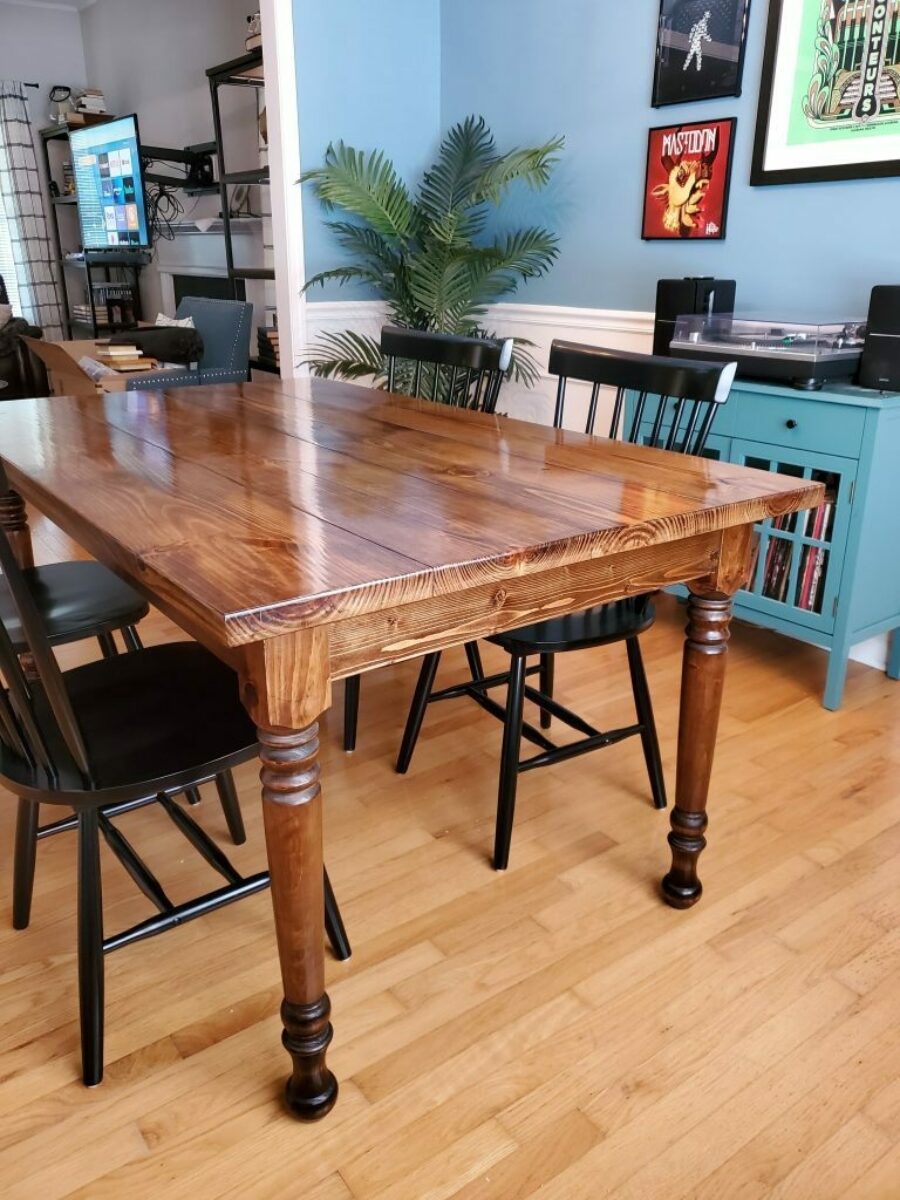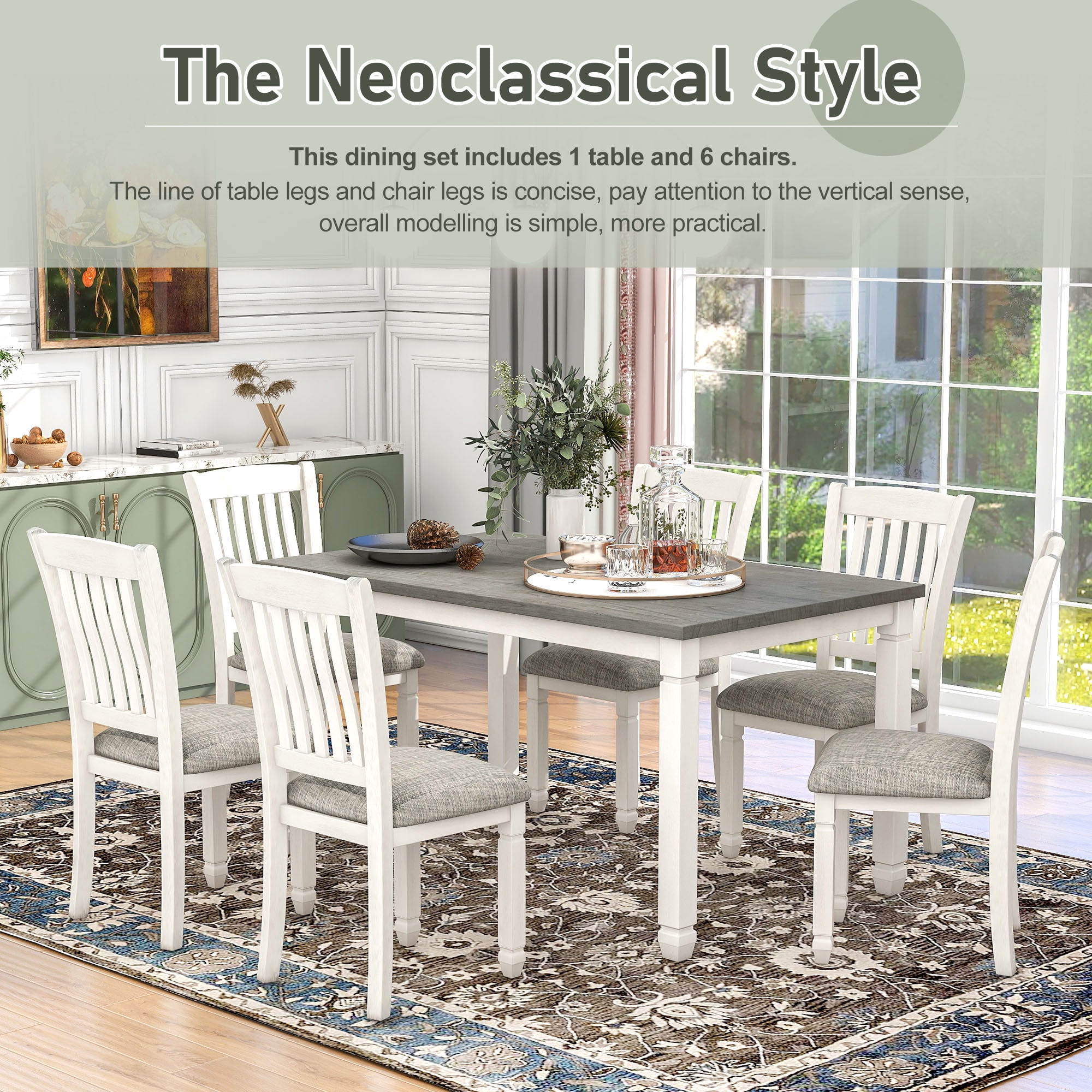Affordable and High-Quality Dining Room Table Legs for Every Budget
Affordable and High-Quality Dining Room Table Legs for Every Budget
Blog Article
From Typical to Modern: Discover the Suitable Dining-room Table Legs for Your Style
The option of dining space table legs plays a crucial function in defining the general personality of your room, linking the space in between traditional workmanship and contemporary appearances. While traditional layouts such as cabriole and turned legs evoke a feeling of classic refinement, contemporary styles like barrette and geometric options present a possibility for striking visual interest. Examining the right equilibrium in between these designs needs a nuanced understanding of your existing decoration and personal preference. As you consider these components, the question remains: exactly how can you seamlessly incorporate these varied leg designs to develop a harmonious eating experience?
Recognizing Table Leg Styles
The selection of eating room table leg designs can dramatically affect both the appearances and functionality of the space. Each leg style contributes one-of-a-kind useful attributes and aesthetic aspects, dealing with diverse layout choices and usage needs. Comprehending these designs is essential for choosing the right dining table that aligns with your total interior decoration vision.
As an example, tapered legs provide a clean, traditional look that can enhance an area's elegance, while pedestal bases offer security and make best use of legroom, making them excellent for smaller sized areas. Hairpin legs, a trademark of mid-century contemporary design, introduce an industrial panache, permitting a ventilated, open feel. Likewise, trestle legs stimulate rustic beauty, providing durable support and a sense of timelessness.
Furthermore, the choice of products plays a significant role. Wood legs can bring warmth and appearance, whereas steel alternatives frequently convey a smooth, contemporary vibe. Inevitably, understanding table leg styles is essential for producing a natural eating area that mirrors personal style while guaranteeing functionality and comfort. By attentively thinking about these components, you can enhance both the practical and visual allure of your eating space.
Traditional Table Leg Options
When selecting dining-room table legs, standard alternatives commonly symbolize timeless beauty and workmanship. These layouts show a rich heritage and a dedication to quality, making them excellent for those that appreciate classic visual appeals.
One of the most renowned standard leg styles is the cabriole leg, characterized by its stylish rounded form. This layout usually includes attractive makings and is most frequently discovered in Queen Anne and Chippendale furniture. Another preferred choice is the transformed leg, which flaunts a series of smooth, rounded forms that offer a classic look while preserving security.
Furthermore, the straight leg, while easy, provides a sturdy and unadorned structure that can mix seamlessly with a range of tabletop designs. For those attracted to ornate describing, claw-and-ball feet legs evoke a sense of grandeur and can act as a sensational focal point in any kind of dining room.
Last but not least, pedestal bases, although not strictly legs, offer an alternative typical alternative that permits adequate legroom and can be wonderfully sculpted. Each of these traditional leg Full Report designs contributes to the overall atmosphere of a dining-room, weding feature with visual appeal.

Modern Table Leg Layouts
Modern table leg layouts offer a diverse array of styles that highlight tidy lines and innovative materials. These layouts usually prioritize performance while acting as striking focal points within an eating space. Minimal aesthetics are widespread, with legs crafted from materials such as metal, glass, and crafted timber, which add to a contemporary and airy feeling.
One prominent design is the hairpin leg, identified by its slender, conical structure that offers stability without overwhelming the table top (dining room table legs). This style is frequently found in mid-century contemporary furniture and can easily complement numerous eating table shapes. An additional fad is using geometric forms, where legs might handle unbalanced or angular forms, adding aesthetic interest and a touch of artistry

Blending Styles for One-of-a-kind Areas
Usually, homeowners seek to create distinct eating rooms that mirror their personal style by blending various layout aspects. This method permits for the incorporation of diverse looks, resulting in a harmonious yet distinctive setting. Coupling a rustic wooden table with smooth, contemporary metal legs can create a distinctive contrast that raises the area's general allure.
Additionally, integrating vintage table legs with go to this website modern tabletops can evoke a feeling of background while maintaining a modern perceptiveness. Such combinations not just display individual taste but additionally motivate imagination, allowing homeowners to curate an area that feels both individual and inviting.
Shade plays a vital role in this blending procedure; selecting table legs that complement or contrast with the existing color design can improve aesthetic passion. Whitewashed legs can soften the boldness of a dark table surface, developing a well balanced visual.
Tips for Picking the Right Legs
Picking the right table legs is vital for attaining both performance and visual allure in your dining space. Begin by taking into consideration the overall design of your area. Typical setups gain from legs that feature detailed carvings or turned designs, while contemporary spaces might ask for streamlined, minimalist styles.
Following, examine the elevation and stability of the legs. dining room table legs. Typical table range between 28 to 30 inches in elevation, so ensure the legs complement this dimension for convenience. In addition, robust products, such as wood or metal, can improve security and long life
Review the leg form as well-- options include right, tapered, or stand styles. Straight legs provide a classic look, while conical legs can add a touch of beauty. Pedestal bases supply enough legroom and are optimal for smaller sized areas.
Verdict
In summary, choosing the optimal dining space table legs needs cautious consideration of both modern-day and standard styles. By harmonizing leg style, height, and material with the overall decoration, a cohesive and welcoming environment can be achieved.
The selection of eating space table leg styles can considerably influence both the appearances and functionality of the area. Eventually, understanding table leg designs is crucial for producing a my latest blog post cohesive eating area that reflects individual design while guaranteeing functionality and comfort.One of the most renowned conventional leg styles is the cabriole leg, identified by its graceful curved form. Straight legs supply a traditional appearance, while conical legs can add a touch of sophistication.In recap, selecting the perfect eating area table legs calls for careful consideration of both modern and traditional styles.
Report this page